The year of alarm bells As 2015 draws to a close,
Wed 30 Dec 2015, 20:45:33
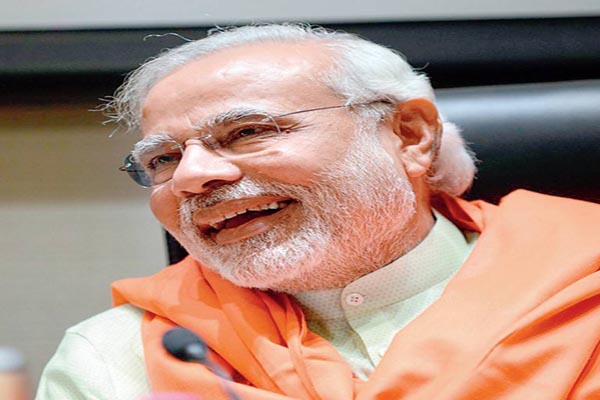
As 2015 draws to a close, there is near unanimity among people
— except for blind, biased supporters — that it was a difficult year
for PM Modi and his government. It was a period of electoral losses
— Delhi, Bihar and Gujarat — and policy rollbacks and roadblocks
— Land Acquisition Bill, GST Bill, et al. By nature, this dichotomy of
Modi's support base isn't unwieldy because it comprises two groups that are at
different but not antagonistic levels of what psychologist famously Maslow
called Need Hierarchy. In simple terms, their needs and motivations may be
different, but they aren't mutually exclusive. On his right — at least
ideologically — were those who wanted him to pursue their vision of what
is defined by many as sanskratik rashtravad
(cultural nationalism) rooted in Hindutva. On the other were those who had
voted for him with the belief that Modi will rapidly develop India and
transmogrify it into some equivalent of a first-world country with his energy,
ideas and personal integrity. Though much of this white noise may have been
music to a section of Modi supporters, to those who had elected him for their
basic needs, it soon turned into drivel. No wonder, the poor, marginalised and
the lower middle class fled the BJP camp, leading to crushing electoral defeats
and decline in the PM's popularity throughout 2015. The other sign, of course,
was Modi's initiative to engage Pakistan diplomatically. In many ways, Modi is
redefining himself when it comes to Pakistan. From candidate Modi who railed
against the UPA for being soft towards Pakistan, he has turned into a PM who is
taking forward the conciliatory measures of his predecessors, including Man
Mohan Singh. This may irritate the 'go-to-Pakistan' brigade among his
supporters and hardliners within the NDA, Modi is doing the right thing by
normalising relations and defusing the atmosphere of hostility. If the
government doesn't get its act together, the segment that voted for Modi for
achche din — not sanskratik rashtravad — will become mutinous and
lead to the government's precipitous decline. The Indian economy isn't exactly
at its robust best. The growth forecasts are being revised downwards, exports
are shrinking, currency is tanking, jobs have become rare and key indicators of
consumption--real estate automobiles--are either stagnant or falling. This has
happening in spite of the fall in prices of crude and the government's decision
to slap more taxes.
SemiHidden="false" UnhideWhenUsed="false" Name="Colorful Grid Accent 1"/>
SemiHidden="false" UnhideWhenUsed="false" Name="Colorful Grid Accent 1"/>
No Comments For This Post, Be first to write a Comment.
Most viewed from Specials
Most viewed from World
AIMIM News
Latest Urdu News
Most Viewed
May 26, 2020
Can Lionel Messi's visit boost Indian football?
Latest Videos View All
Like Us
Home
About Us
Advertise With Us
All Polls
Epaper Archives
Privacy Policy
Contact Us
Download Etemaad App
© 2025 Etemaad Daily News, All Rights Reserved.

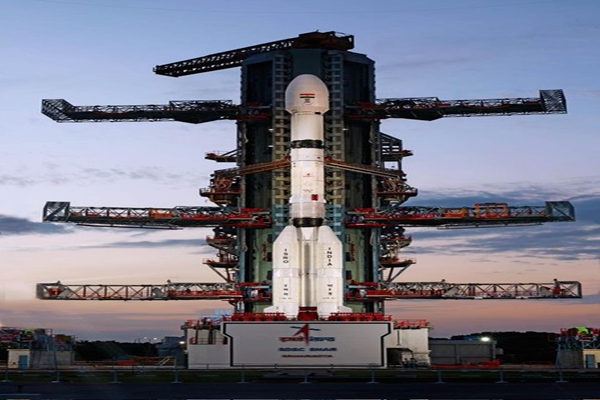
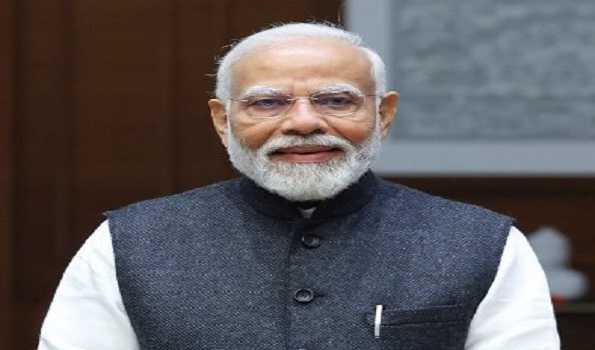
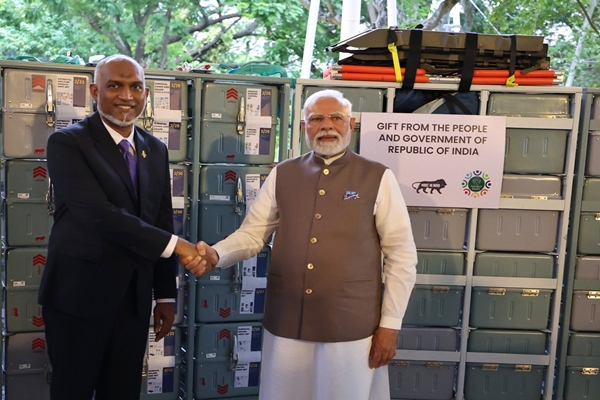
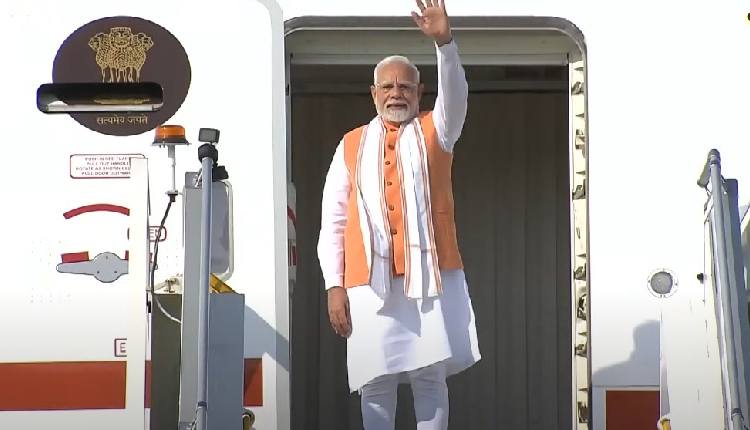
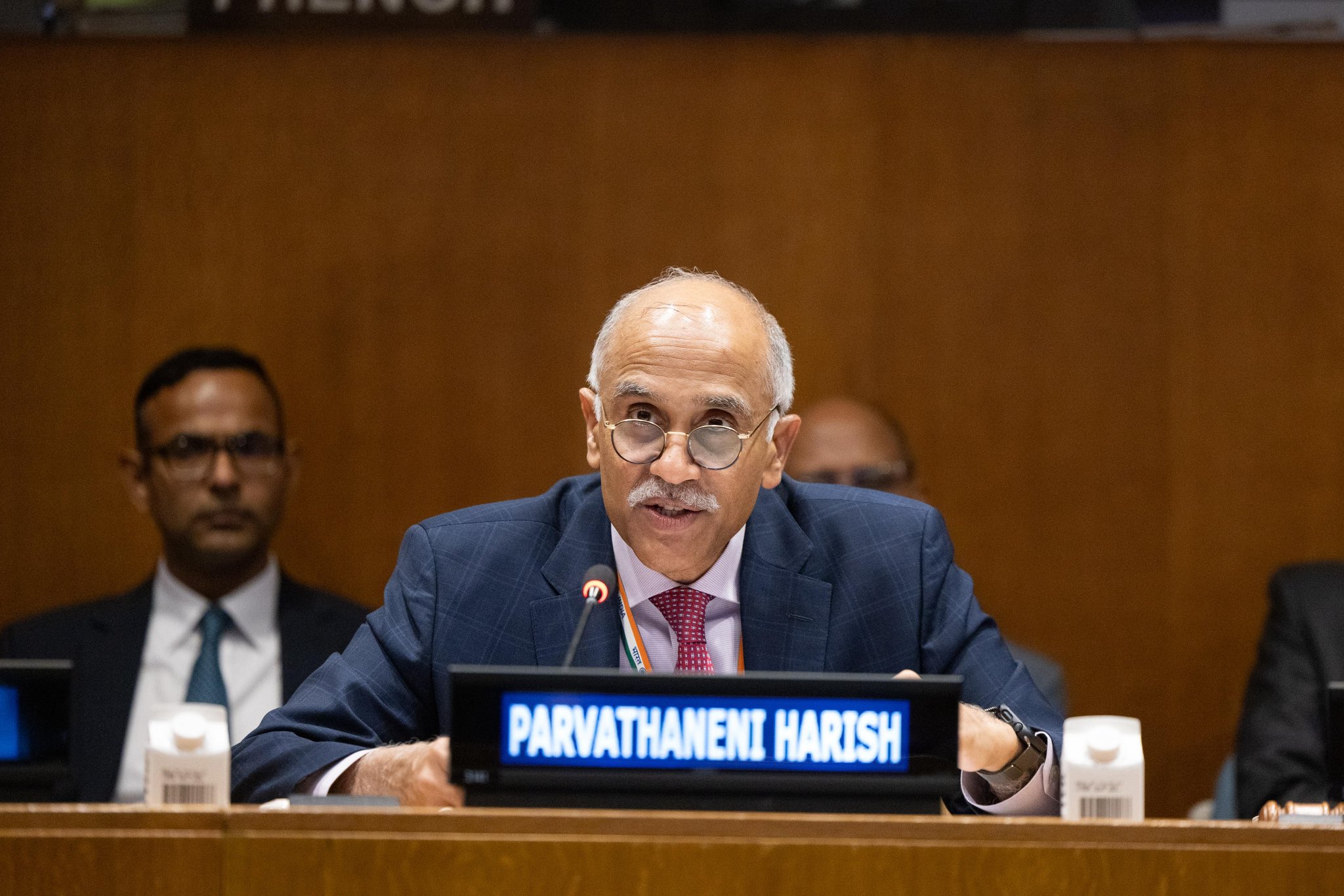
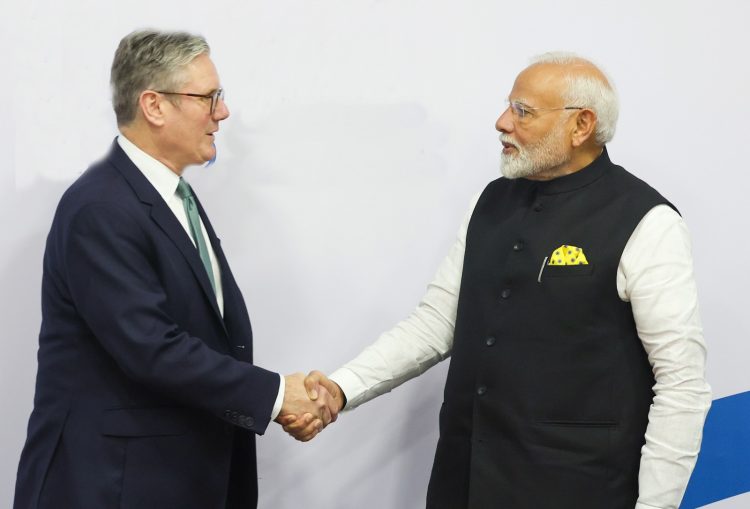
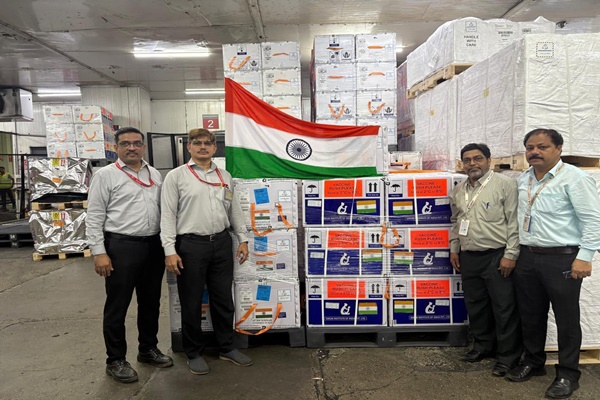
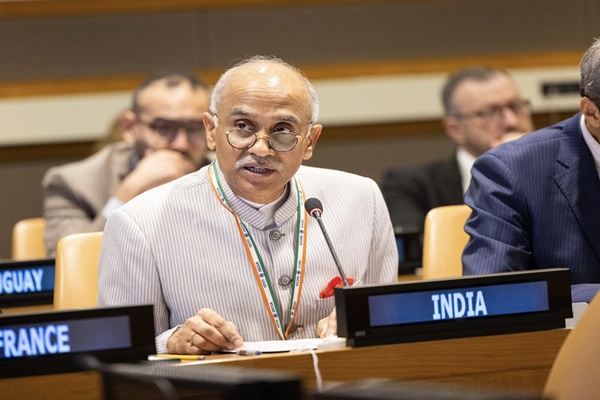
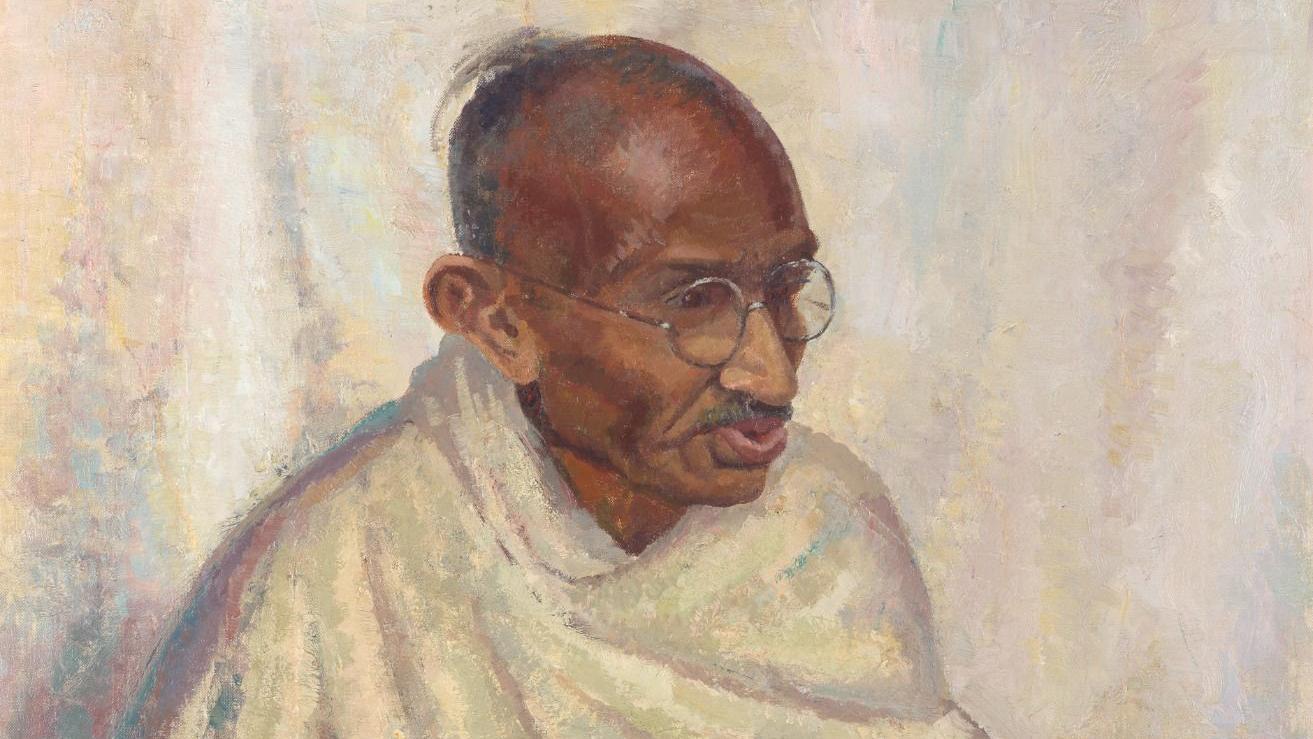
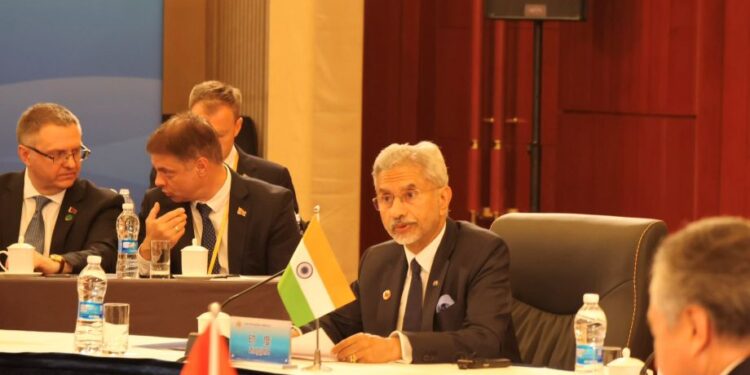
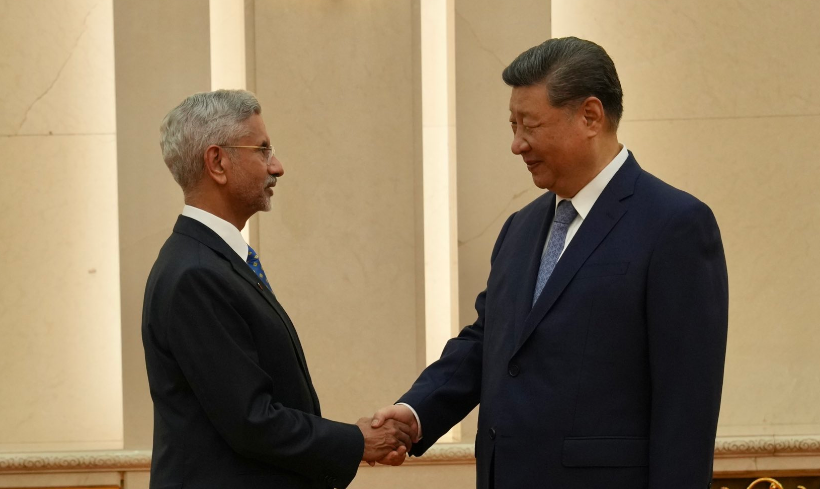
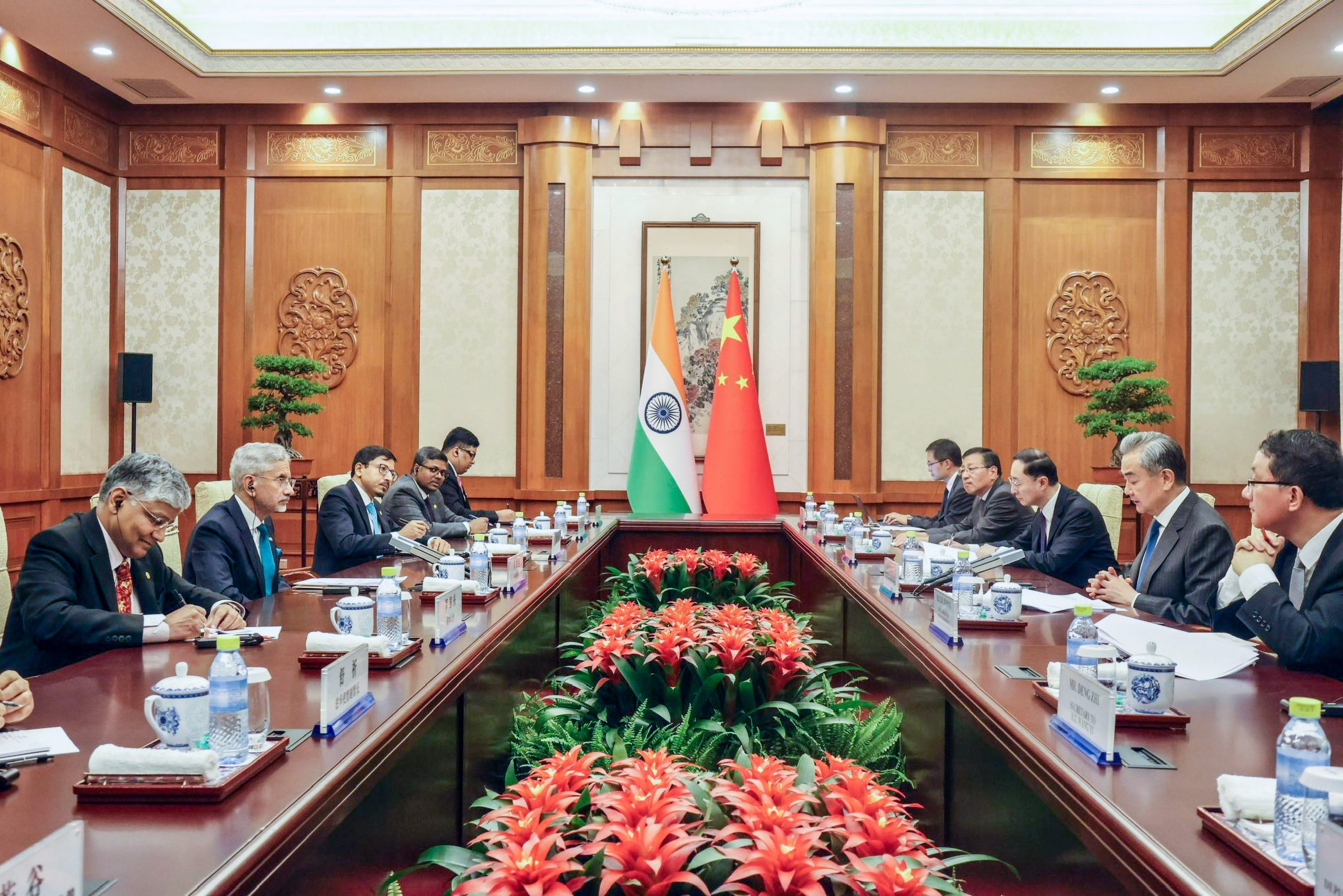
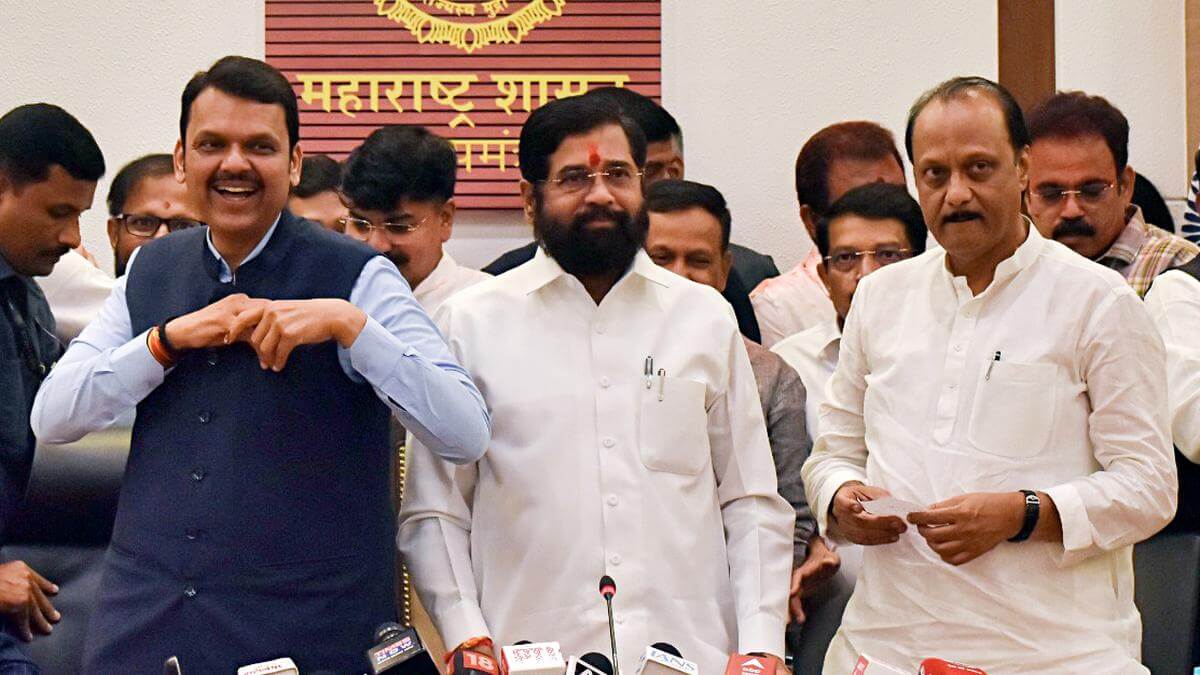
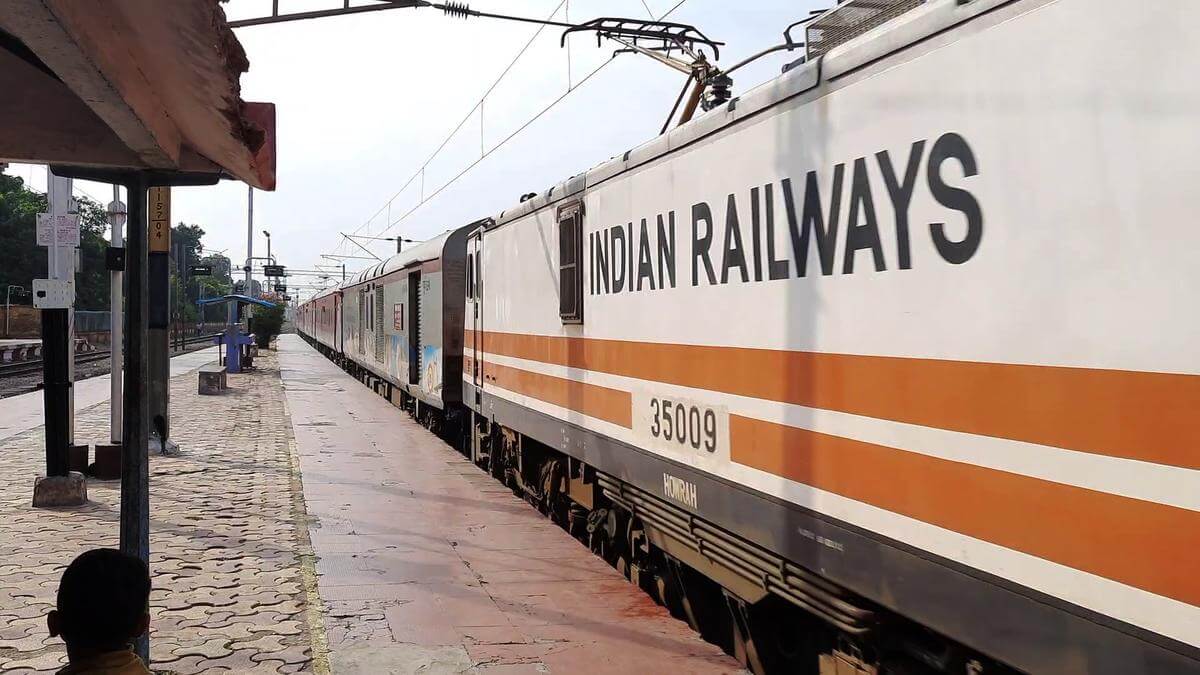
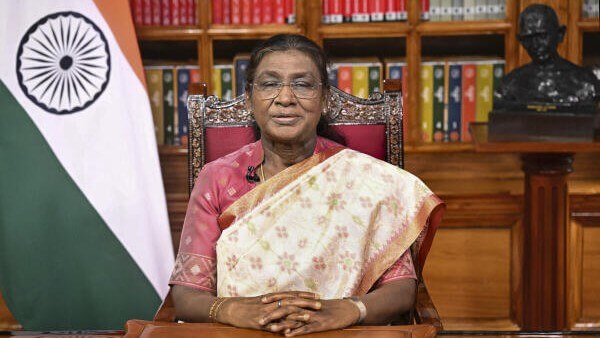
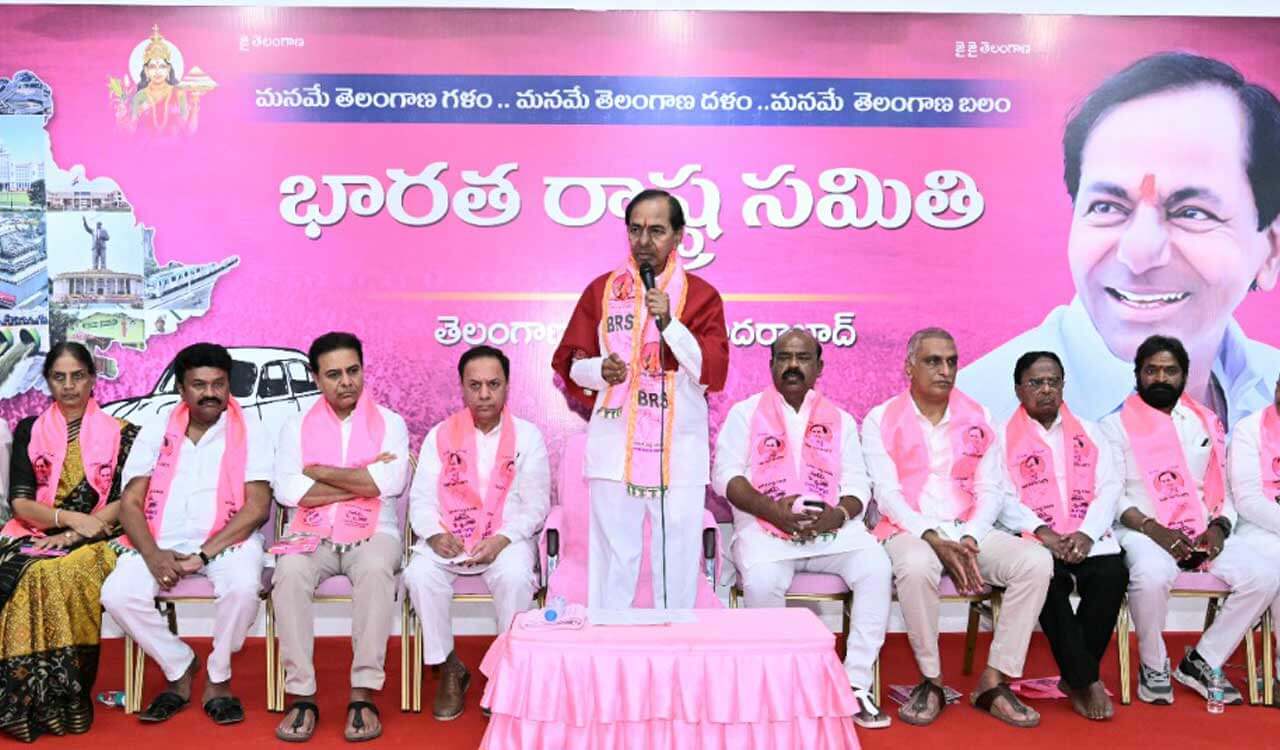
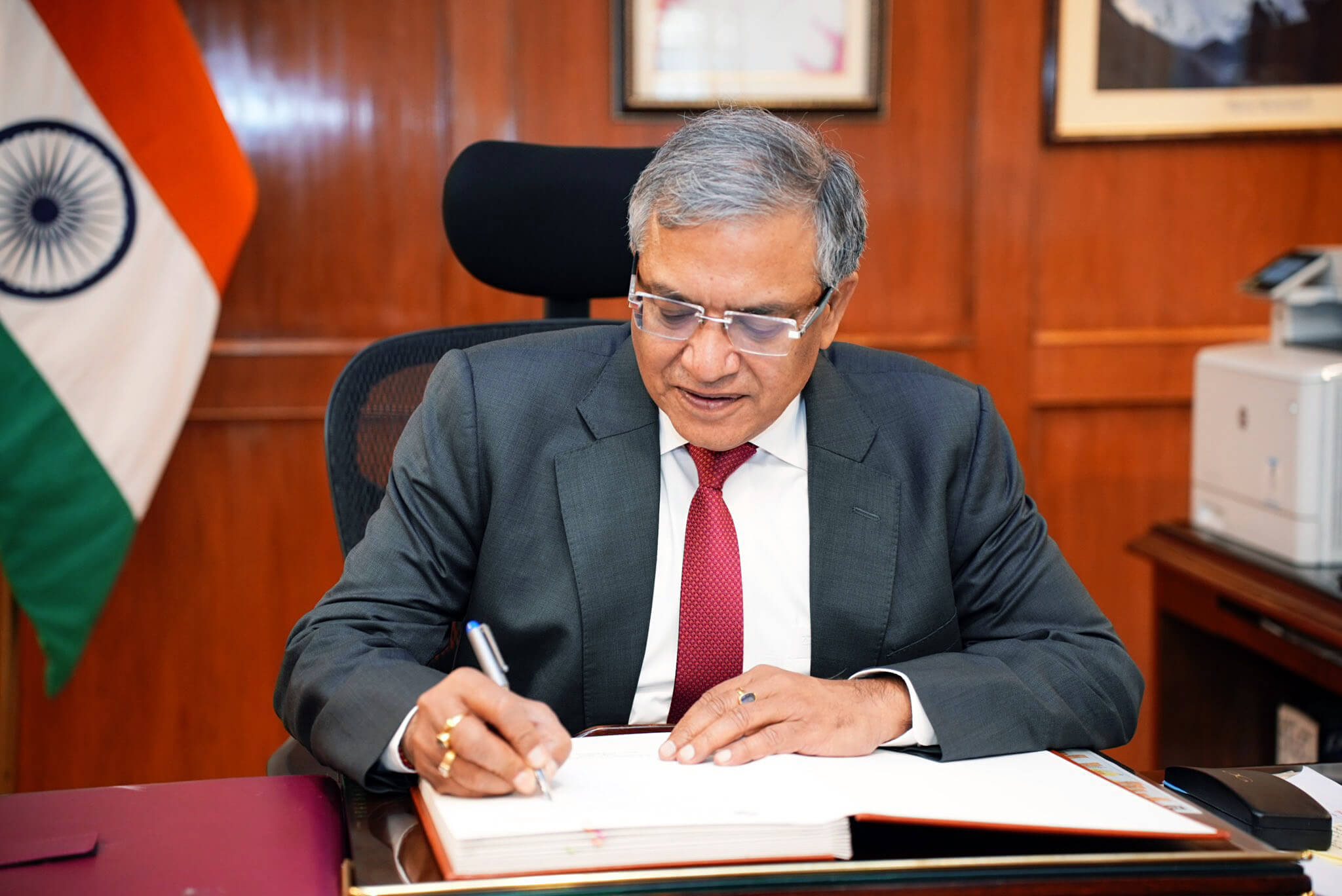
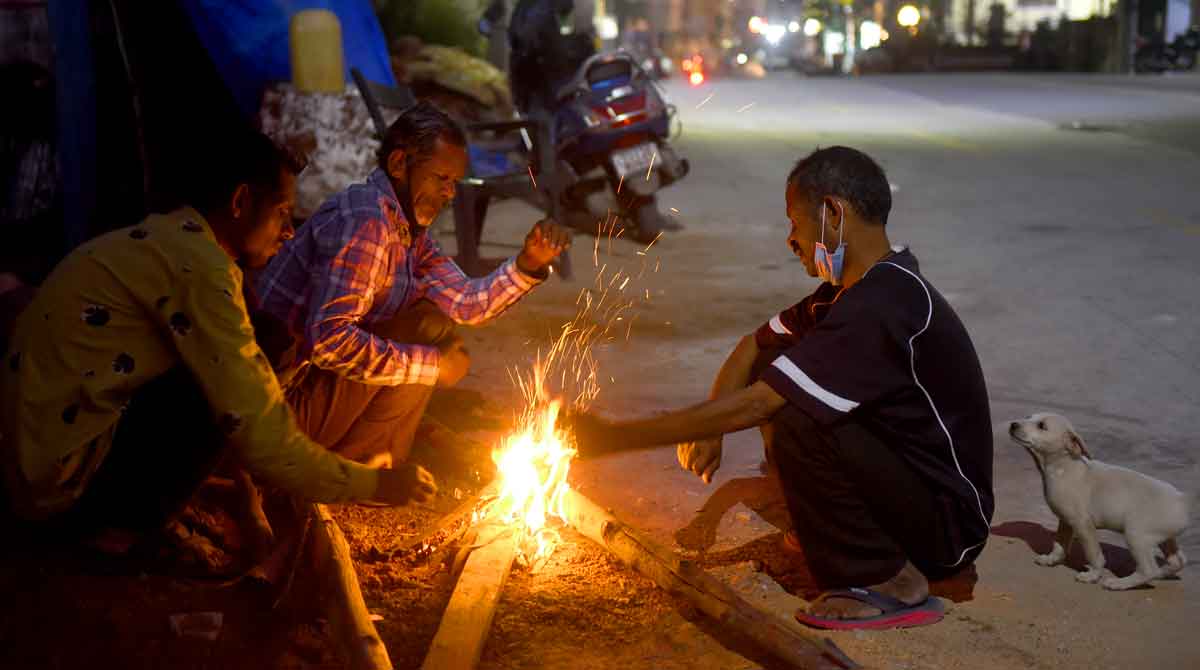

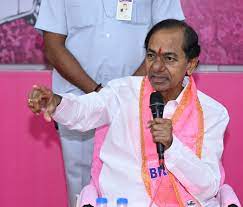
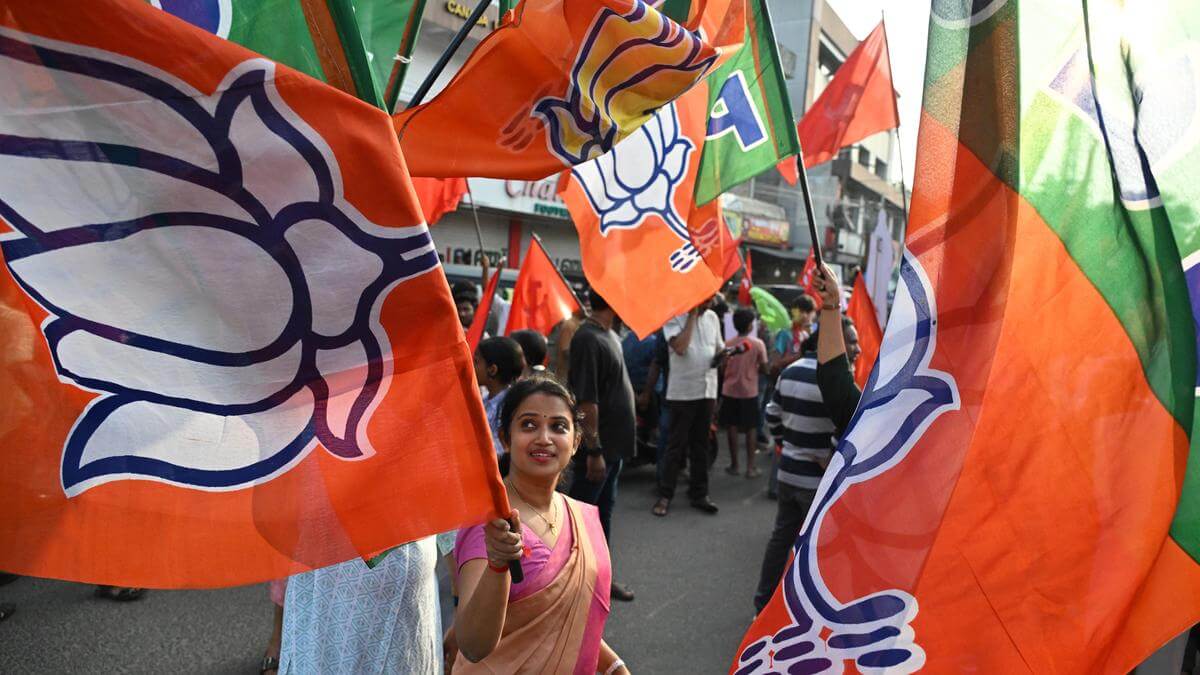
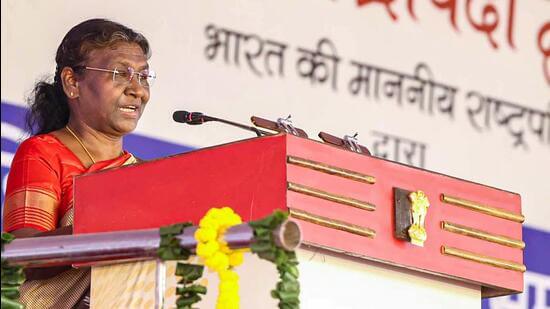
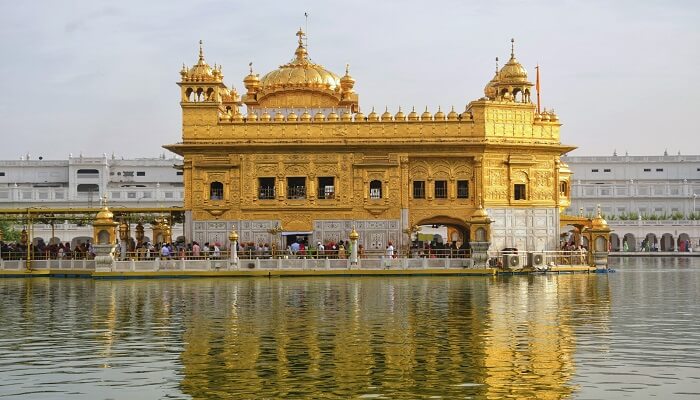
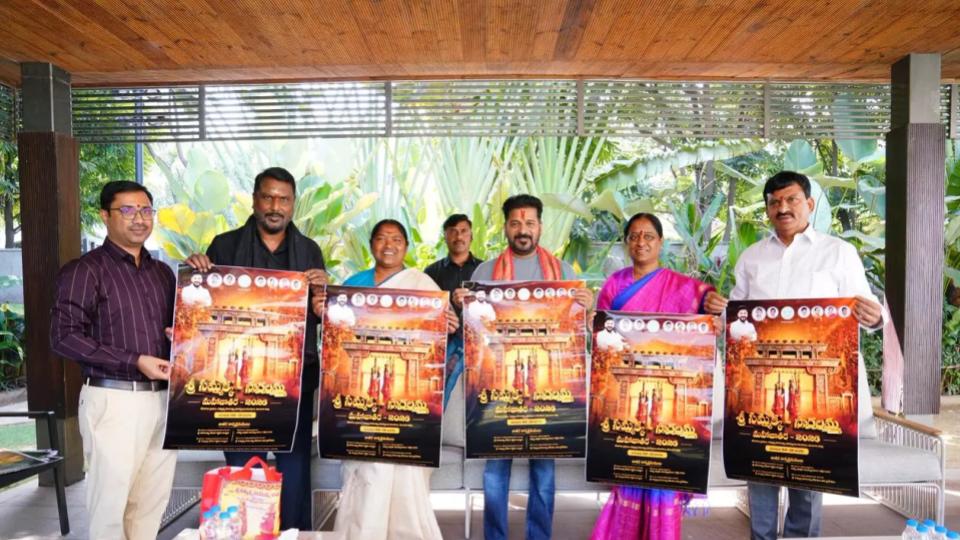

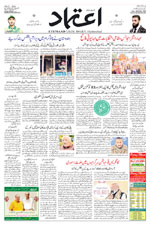


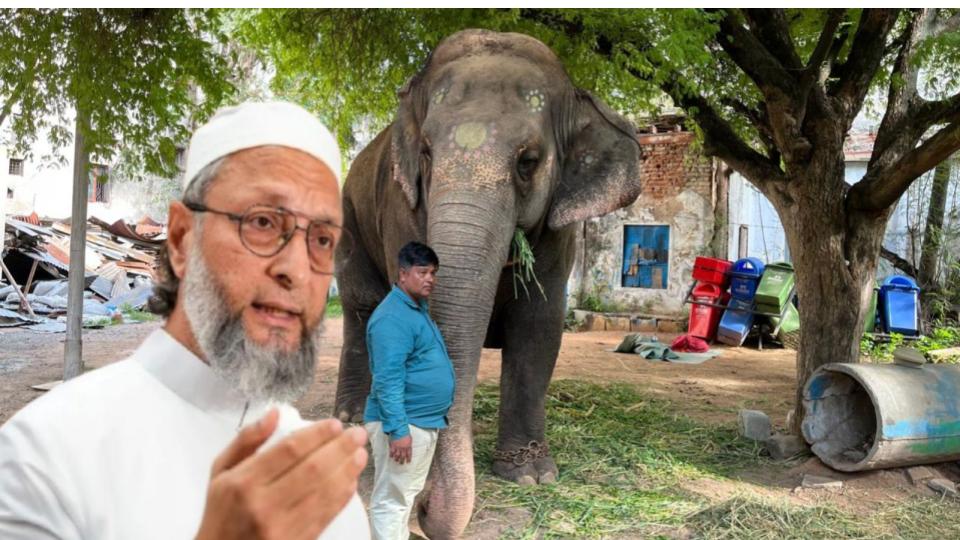
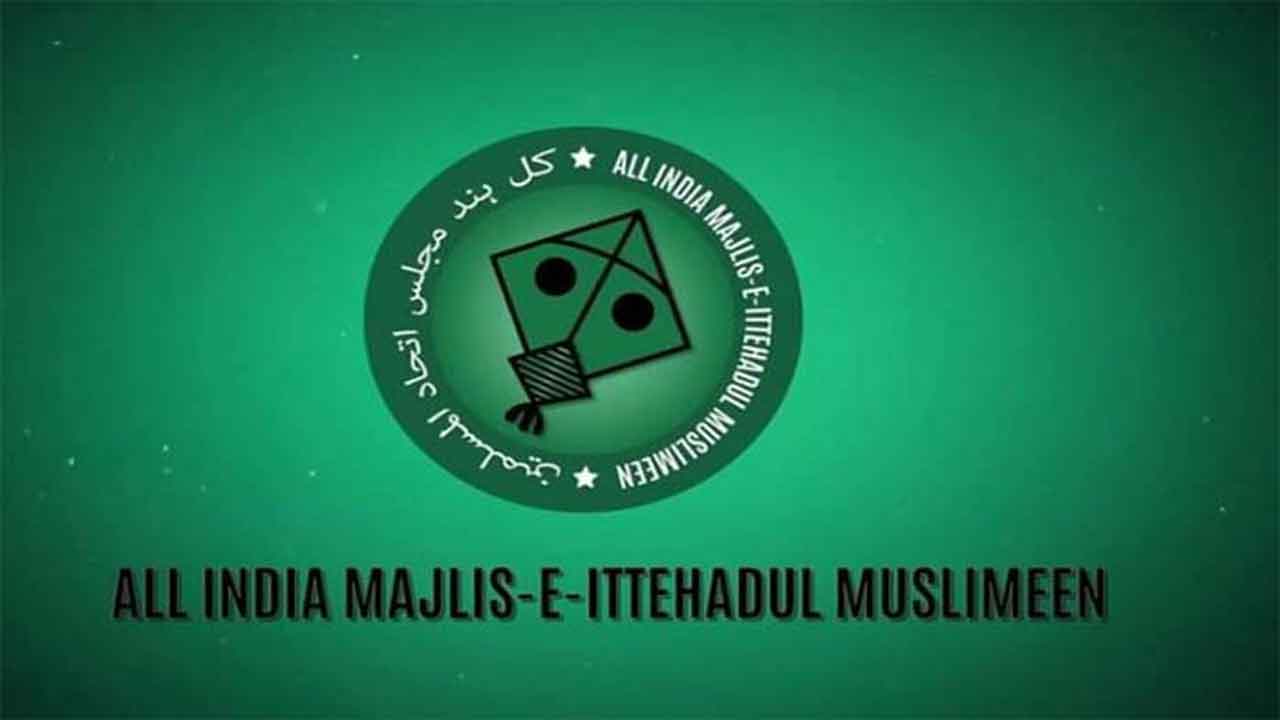
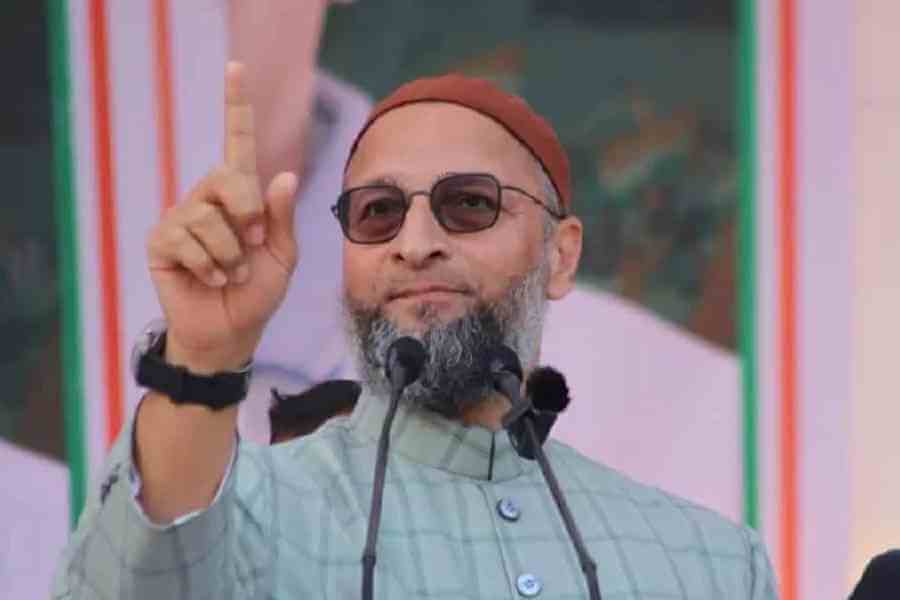
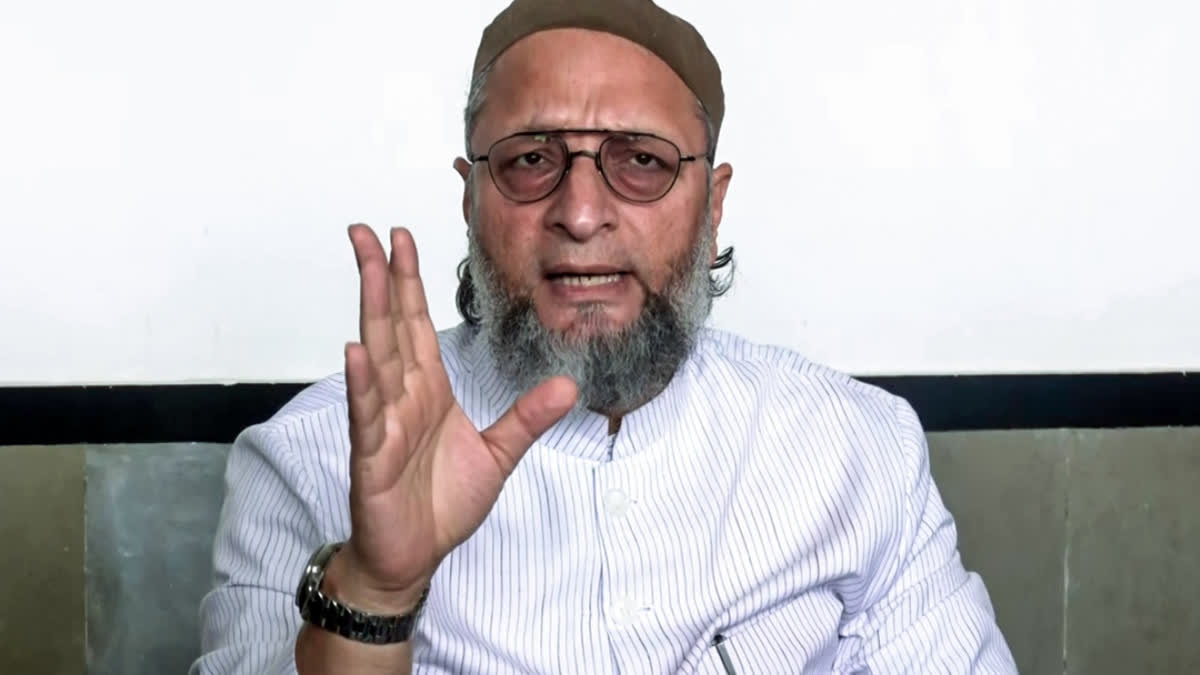
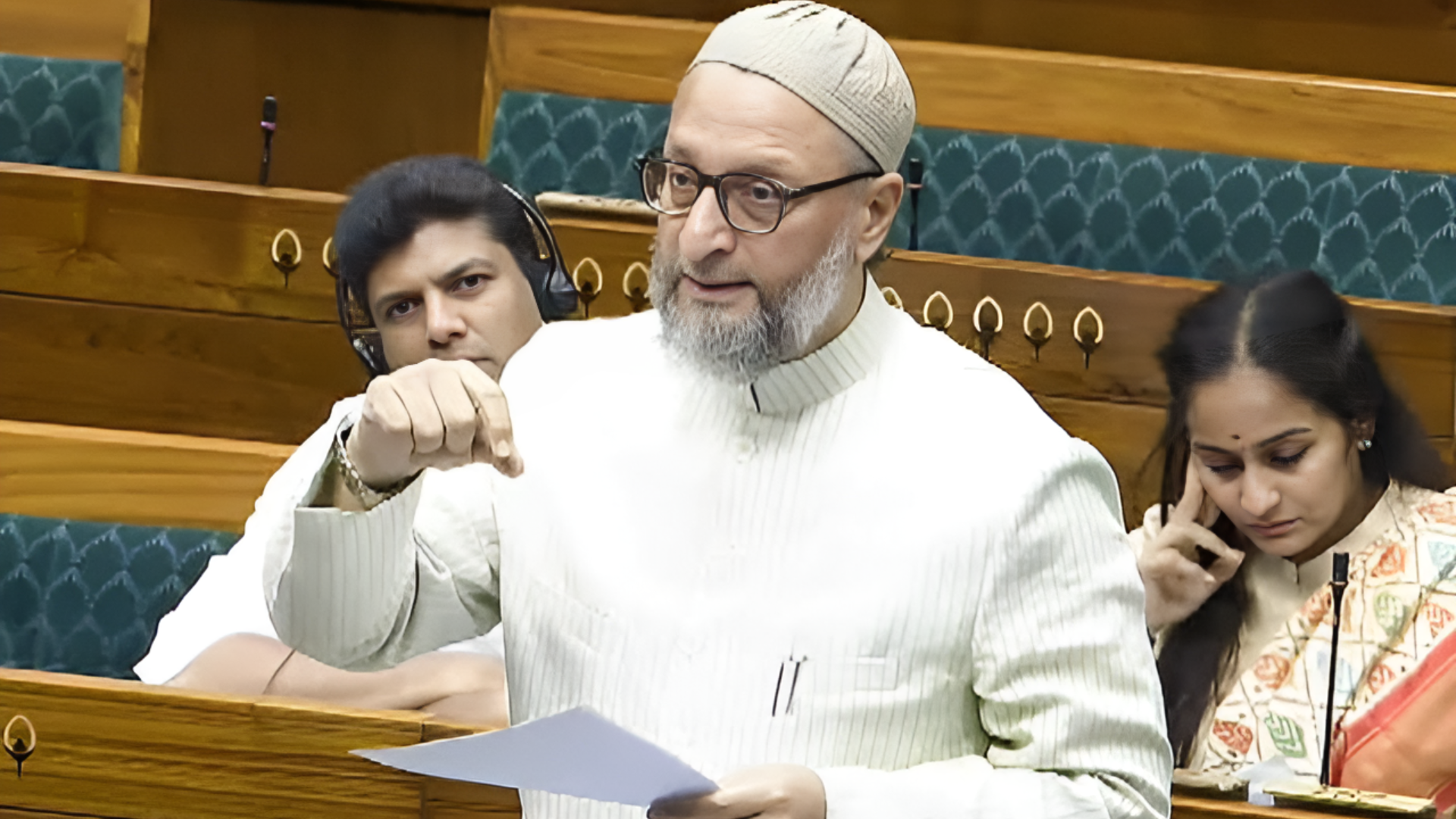
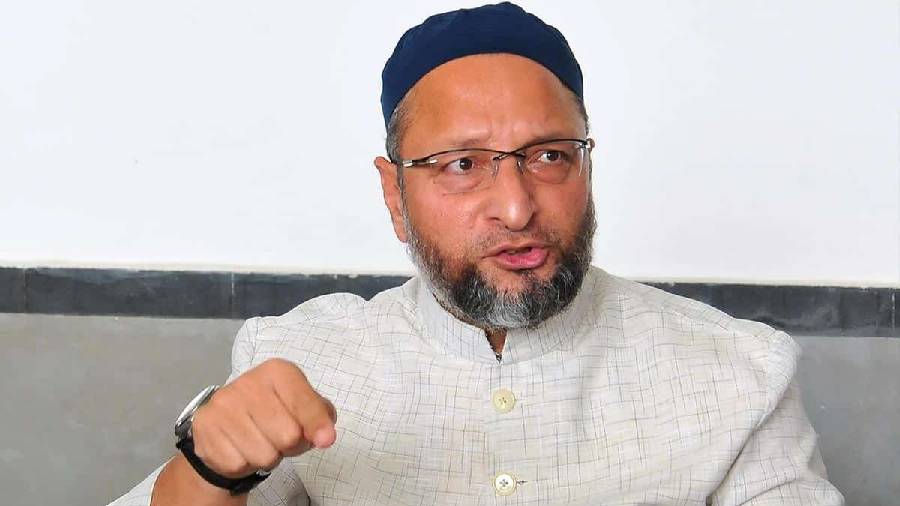
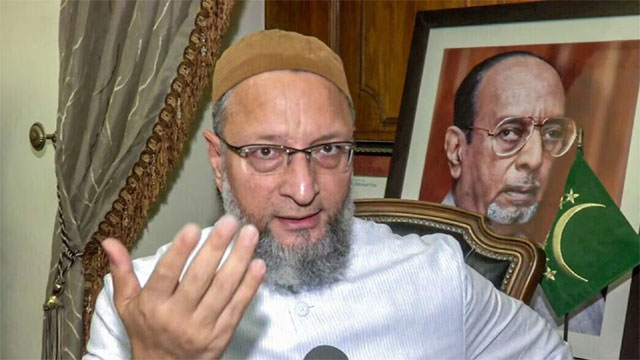
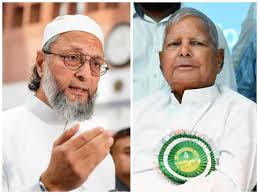
.jpg)
.jpg)
.jpg)


